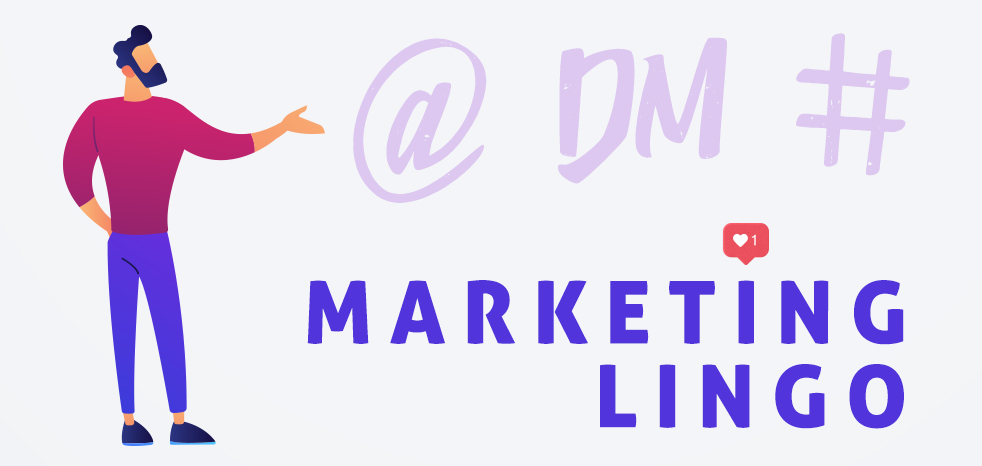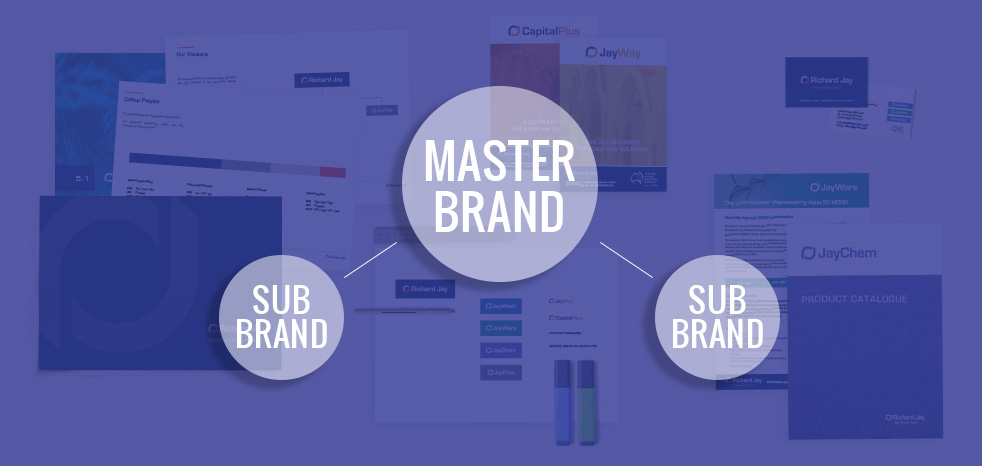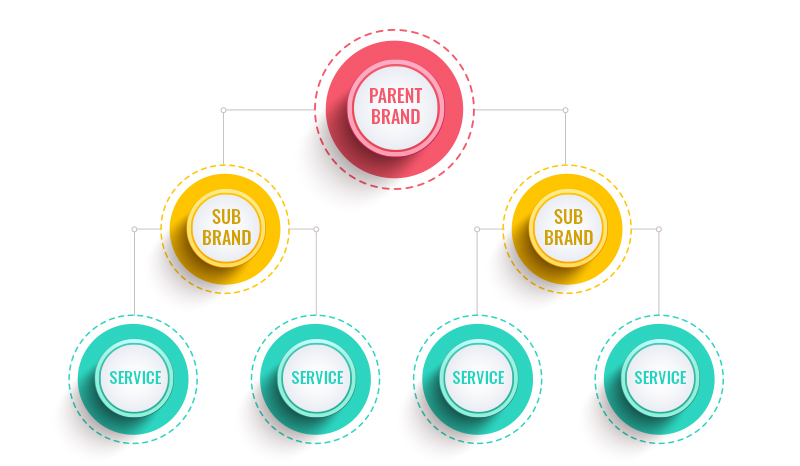Social media marketing is fast-paced and ever-changing. When you’re in the thick of it, it’s easy to forget that some business owners may not have heard of ‘PPC’, ‘retargeting’, ‘DMs’ and ‘chat marketing’.
We got a reality check recently when someone’s mum asked them to ‘please explain’ about hashtags. First of all, good on you Mum for getting on board with social media! Secondly, it’s high time we explained what some of these social media marketing terms actually mean in 2018. Allow us to shed some light on this evolving lexicon and how these methods can help your business grow.
Quick reference guide
- @ = Legend has it the ‘at’ symbol was first used on social media in 2006 (thanks Twitter!) and has since been adopted by all platforms and social media marketing professionals. Email brought it back in a big way, but the @ symbol has actually been around for nearly 500 years. It was resurrected in 1971 as a way for computer programmers to communicate with each other.
- Article = Not to be confused with a blog post, an article is more of a balanced, journalistic piece of writing that doesn’t have to include keywords or personal opinion. Usually an article’s intended purpose is for publication in an external media source (as well as for dissemination on your own website), so it goes through an editing process. What blogs and articles have in common is that they can both help establish your business as a subject matter expert.
- Blog = A blog is an online journal that you update regularly. Some businesses blog for SEO (search engine optimisation) as well as credibility-establishing purposes. Google loves websites that are continually updated with relevant content (blog posts, new pages and articles). To that end, blog posts are dotted with specific keywords such as ‘social media marketing’.
- Chat = To you, this may refer to a nice talk around the watercooler but to us it means reaching audiences via direct messaging apps such as WhatsApp and Facebook Messenger. Chat marketing has definitely come of age this year! Big companies such as Optus and some of the banks have been using it in their promotions.

- DM = This refers to ‘Direct Message’ (as in ‘DM me your details’). Nowadays most social media platforms have a DM function that allows people to send you a private message directly via your Facebook, Instagram and LinkedIn.
- GIF = More than a photo, less than a video, a ‘Graphics Interchange Format’ (GIF for short) is an image file format that is animated by combining several frames into a single file. You would have seen them around on the internet making you smile, and now businesses are using them too as part of their social media marketing mix! GIFs move a little, but not a lot, and have no sound. Hilarious captions are usually included, such as: ‘When you did your own marketing instead of talking to Sketch Corp.’on a GIF of Homer Simpson saying ‘D’oh! while bashing away at a computer.
- Handle = In social media marketing, a ‘handle’ is another word for the username you use on Facebook, Instagram, Twitter or LinkedIn. Ours is @sketch_corp That’s why a social media marketing person may talk about ‘securing your handle’ when discussing the strategy for your business.
- Hashtag = A hashtag is a type of searchable label used in social media content that makes it easy for users to search for material on a topic. If you type in #marketing into Instagram, it will show you all posts where the author has used that hashtag, with the most popular posts appearing first. Our clients might use #smallbusiness, #accounting, #recruitin, #brisbaneaccountant, #telstrabusinessawards etc.
- Mention = A ‘mention’ is a digital shout-out from one user to another using their ‘handle’ (see above). A mention from the right person with a large following of the kinds of people you want to reach – someone credible with lots of influence –can have an incredible impact on a small business.
- Pin = A ‘pin’ is an image you share on the Pinterest platform. It can also be a verb as in ‘I’m pinning this image; it’s exactly what we want.’
- Post = Whenever you share anything on social media that appears in your main feed, that’s a ‘post’! This is a word that’s meaning has broadened in unexpected ways over the years.
- Retargeting = You can ‘retarget’ people that visit your website or socials. This means that your targeted ads will later appear in their social feeds or in websites they visit as they browse online. This can be an effective way to reach people who have already shown interest in your business.
- Story = Your Instagram and Facebook ‘Story’ is a feature (circles at the top of the screen) where you can post photos and videos that run for 24 hours only. Content that you upload to your Story won’t appear on your main feed, but can be used to great effect in social media marketing initiatives – especially when you want to promote a special offer or ‘behind the scenes’ video.
- Troll = A troll is a person who starts fights on the internet with deliberately inflammatory comments. This is where the phrase ‘being trolled’comes from. Businesses can be trolled while carrying out social media marketing. The key is to differentiate a troll from a simple customer complaint, which you should listen to and address. Complaining devolves into trolling when commenters are inappropriate, offensive, irrational and have a clear agenda/axe to grind.





